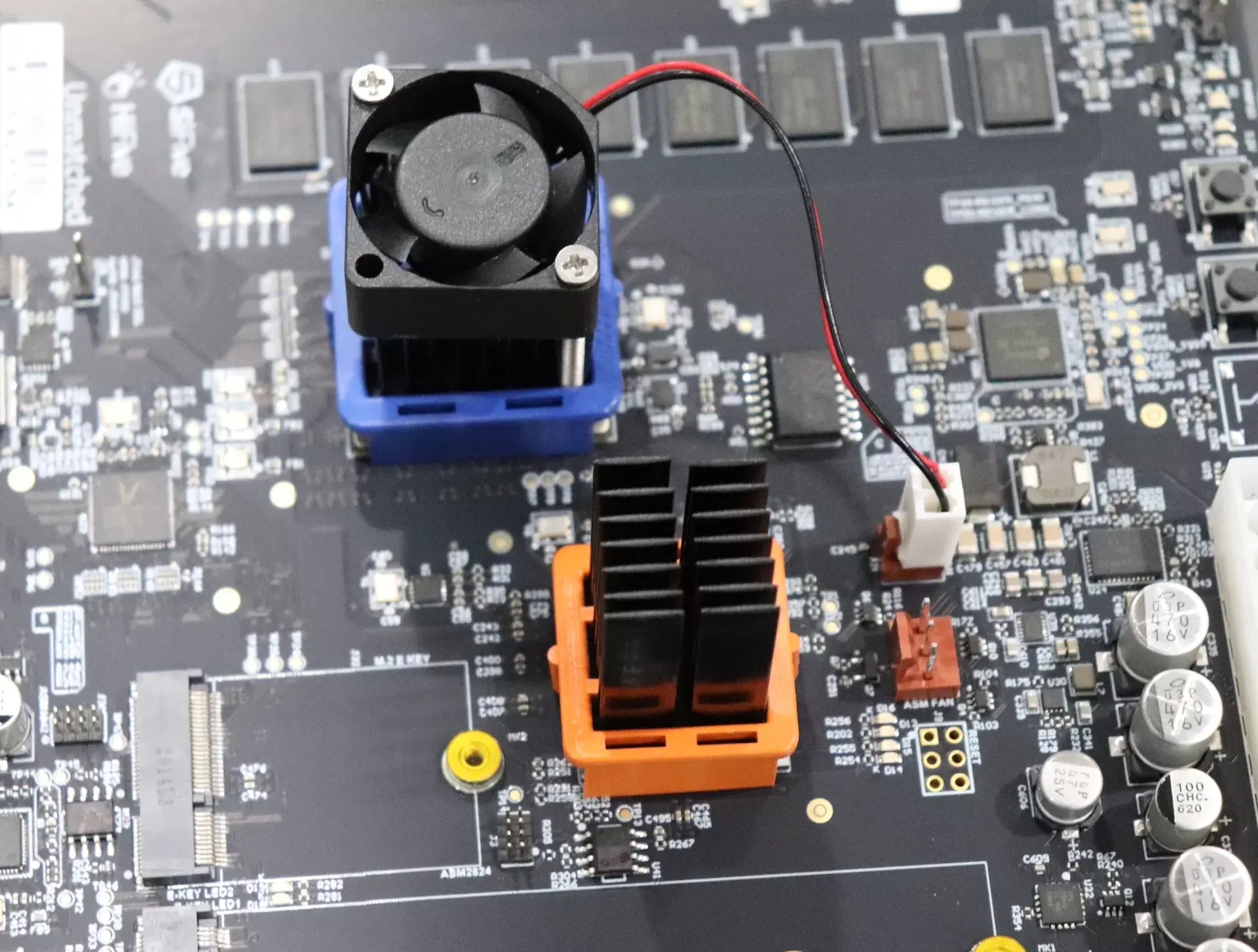Is the main advantage of RISC-V’s that it is a free and open standard, or does it have other inherent advantages over other RISC architectures as well?
The advantages that we’ll see come from the implementation more than the spec, but having an open standard for the ISA allows more companies to make implementations and to innovate.
The true benefits will be ~10 years in, when RISCV chip designers are more experienced and have had time to innovate and build good IP blocks.
E.g. companies that make ARM SoCs are pick’n mix’ing IP from ARM, and adding their own special sauce on top. The future in RISCV comes from having many companies that compete to make intercompatible IP, which hardware vendors like Qualcomm and Rockchip can then licence to make SoCs out of.
There is benefit to RISCV, over ARM but mostly that comes down to:
- not having legacy compatibility to maintain.
- having a frozen spec that is less likely to slowly get feature creep like x86 & ARM.
- having hindsight for things like vector extension implementations & macro-op fusion.
It’s predominantly the first one. They have made a few unique design decisions, but is a fairly conservative “boring” RISC design. The only thing remarkable I can think of of the core ISA is the fact that they have no conditional status registers (no NZVC bits), so you have to kind of combine conditions and branches together, but that’s not exactly unprecedented (MIPS did something similar).
In the ISA extensions, there is still some instability and disagreement about the best ISA design for some parts. Just the fact that RISC-V is going to have both SIMD and Vector instructions is a bit unique, but probably won’t make a huge difference.
But it’s a fairly boring RISC design which is free and open and without any licensing hoops to jump through, which is the most interesting bit.
Why is RISC-V significant? I’m completely out of the loop and have only heard of it in passing.
Open standard CPU instruction set. Meaning people can design new chips for it without needing to enter an expensive license agreement.
I would have thought the license agreement would be one of the least expensive parts of making modern high-performance chips.
Quite the opposite. Well, sort of.
It’s easy to get a licence, you just need money. Lots of money.
That’s if you can get a licence. Intel only licensed to AMD because the USA military requires two vendors.
ARM charges an, err, arm and a leg.
This is certainly positive news. We need more competition in the processor field. Having essentially a choice between Intel and AMD got us malware like the Intel Management Engine and its AMD equivalent. With a monopoly comes enshitification.
Not that I disagree with you but what’s stopping any ARM or RISC-V CPU manufacturer from putting their own version of IME in their chips?
ARM TrustZone is already common on A-series. Device manufacturers want secure storage & computation, so chipmakers provide it.
What is the amd equivalent?
Bruh
Duopolys might be worse. The illusion of choice and opponent security.





